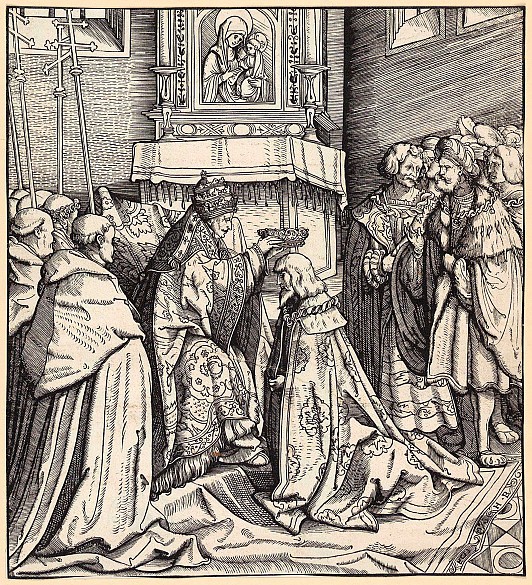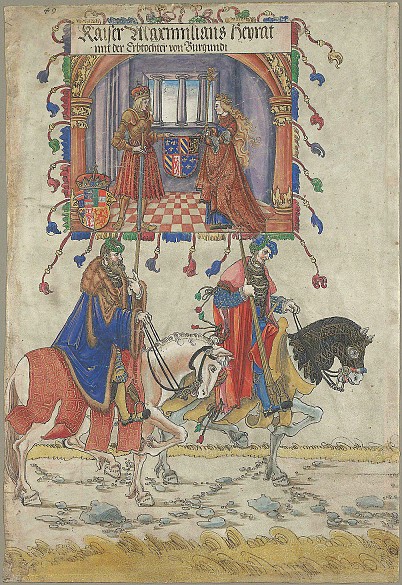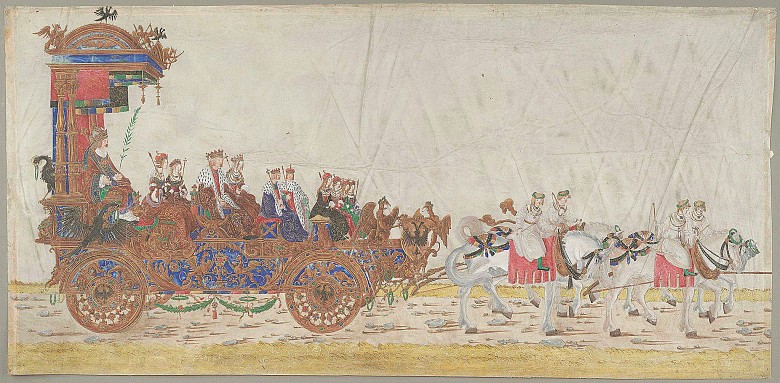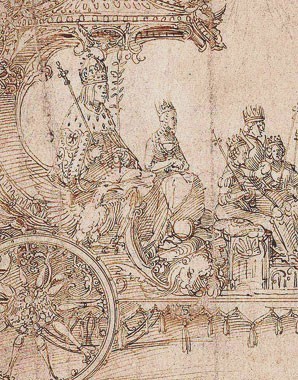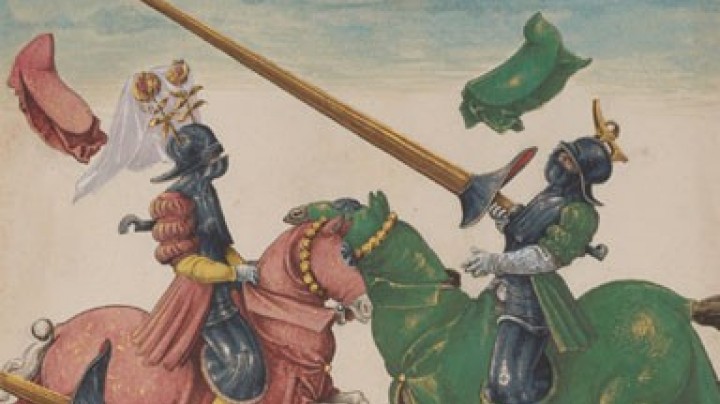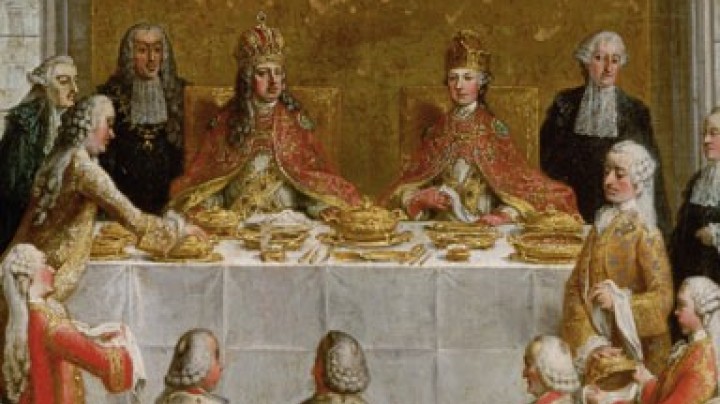Maximilian and the preservation of his memory
Maximilian I recognized the importance of art as a medium of personal propaganda and commissioned monumental works of art to ensure that memory of him should not fade ‘as soon as the death knell ceases to toll’.
Maximilian I.He who makes no memory of himself during his lifetime will have none after his death, and will be forgotten with the tolling of the final knell. Therefore the money that I expend on perpetuating my memory will not be lost, but the money that is spared on my memory suppresses my memory in posterity, and that which I fail to achieve in my life for my memory will not be made good by you or any other after my death.
Maximilian’s endeavours to preserve his memory manifested themselves in portraits, monumental woodcuts and the designs for his tomb, making use of the arts to glorify his person, exploits and achievements. The printing press and the art of engraving represented a new medium which he hoped would be more effective than imposing edifices. The emperor promoted printing and used it in order to propagate his image in educated court circles and among the urban elites.
Maximilian collected chivalric romances such as the anthology known as the Ambraser Heldenbuch, and had a hand in the composition of Weißkunig, a description of his life and that of his father. He also collaborated in the writing of Theuerdank, an allegorical account of the journey he made to Burgundy to fetch his betrothed, and Freydal, a book of chivalric combat. Drawing on medieval courtly poetry as well as classical biography, these works were furnished with woodcuts and distributed in the form of printed books.
References to the culture of classical antiquity are manifested in the series of monumental woodcuts initiated by Maximilian and entitled Triumphzug and Ehrenpforte. Both works focus on triumph and fame together with the achievements of the Habsburgs, in particular those of Maximilian, and are intended to justify the latter’s claim to power. The programme of both works was devised by the humanist scholars working for the emperor.
Comprising a total of 109 woodcuts, the Triumphzug was designed and drawn by Albrecht Altdorfer, Albrecht Dürer and Hans Burgkmair, but was not printed until after Maximilian’s death. It shows a procession of representatives from the lands under Maximilian’s rule, accompanied by knights and princes bearing images that glorify Maximilian’s exploits. The emperor is shown taking part in the procession riding in a richly decorated triumphal car.
Printed from 192 blocks, the Ehrenpforte is the largest woodcut ever made, forming a triumphal arch three metres tall. A number of the blocks were executed by Albrecht Dürer. The concept and forms of the arch evoke the triumphal depictions of Roman emperors; here it is decorated with images of Maximilian’s achievements together with his ancestors and role models.

